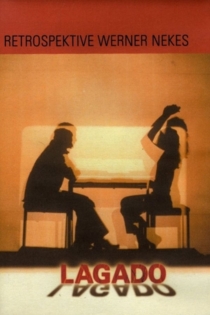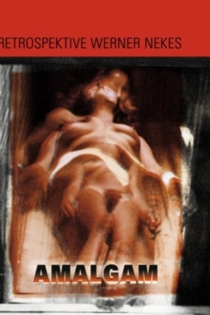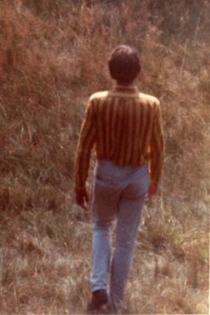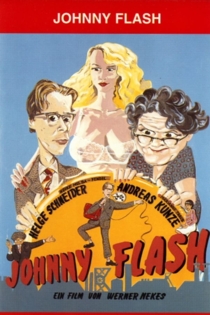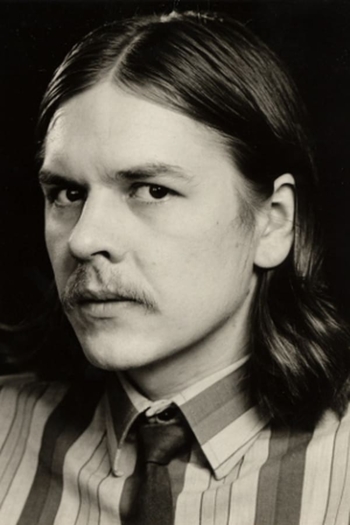
Werner Nekes
1944 - 2017He began painting in 1965 with diverse materials and objects.
He started his practice of film with 8mm and went on with 16mm. He decided to free the film from narration and psychology and organized his films according to temporal units and structural systems.
In spring 1967, his films were rejected by the Kurzfilmtage of Oberhausen. Thus, Nekes organized a counter-event.
The same year in November, he comes to Hamburg with Dore 0., whom he marries the following month. He was a co-founder of the Hamburg cooperative of filmmakers and was a co-organizer of the « Hamburger Filmschau » in 1967. From 1973, he travelled all over the world to make seminaries about film theory and retrospectives. He moved to Mülheim an der Ruhr in summer 1978.
He co-founded the Filmbüro NW in 1980 and the ICNC (International Center for New Cinema) in Riga in 1988.
His work was shown at major international museums and festivals, including The Museum of Modern Art New York, or the Kassel Dokumenta.
He was also a professor: from 1969 to 1972 and 2004 to 2006 at the Academy of Fine Arts (Hochschule für Bildende Künste) in Hamburg, from 1981 to 1982 at Wuppertal University, from 1982 to 1984 at the Kunsthochschule Offenbach, and, from 1990-96 at the Academy of Media Arts in Cologne.
Furthermore, Nekes has compiled one of the most important private collections of artefacts documenting 500 years of pre-cinematographic experiments as well as developments in the early history of film, focusing on spatial and temporal principles of representation.
Diwan
Werner Nekes
Ludi Armbruster, Christian d'Orville
Diwan, a lyric anthology, an outdoor movie with people. With people living in the surrounding precious and very beautifully photographed nature, are neither more nor less than one part of it. What Nekes manages there with landscape, as a cunning and quote many fine artist in a medium that runs in time, as he defeated the time changed, by themselves for change of scenery uses, as it interferes with the laws of chronology through the rewind ability of the camera or destroyed, which is a compelling and highly aesthetic experimental company.
Diwan

Makimono
Werner Nekes
Makimono is an Asian roll painting depicting a landscape. The subject of the film is the language of film itself, its mutability and its influence on the viewer's vision and thinking. While the film gradually progresses the viewer is gently invited to reflect on the development of the film in its expressive potential.
Makimono
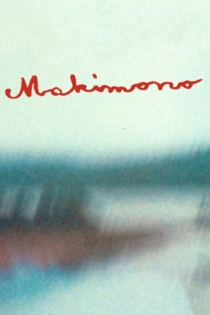
Abbandono
Werner Nekes
Dore O.
"...Nekes retreats behind his film. What is left is a double portrait, in which neither Dore 0. nor the grand landscape remain unchanged. The cold of the icy coastline - long shots of stones, snow and the sea - dwindles away before the image of Dore 0. Solitude is superflous, when the grandiose mountain meadow invites somersaults. ... In this case Nekes handles what he shows considerately. He releases the objects he portrays. He allows them to unfold. And so model and patterns actually serve another purpose: to let poetry grow, and energy and beauty and confidence nell'abbandono." (Dietrich Kuhlbrodt, Filmkritik, 9/1971).
Abbandono

Eva Hesse
Marcie Begleiter
Selma Blair, Bob Balaban
German American artist Eva Hesse (1936 – 1970) created her innovative art in latex and fiberglass in the whirling aesthetic vortex of 1960s New York. Her flowing forms were in part a reaction to the rigid structures of then-popular minimalism, a male-dominated movement. Hesse’s complicated personal life encompassed not only a chaotic 1930s Germany, but also illness and the immigrant culture of New York in the 1940s. One of the twentieth century’s most intriguing artists, she finally receives her due in this film, an emotionally gripping journey with a gifted woman of great courage.
Eva Hesse

Was geschah wirklich zwischen den Bildern?
Werner Nekes
Werner Nekes
An exhilarating and amusing encyclopedic look at the "prehistory" of cinema. Werner Nekes charts the fascination with moving pictures which led to the birth of film, covering shadow plays, peep shows, flip books, flicks, magic lanterns, lithopanes, panoramic, scrolls, colorful forms of early animation, and numerous other historical artiffices. Working with these formats, early "producers" created melodramas, comedies, -- as well as lots of pornography -- anticipating most of the forms known today. Nekes probes these colorful toys and inventions in a rich and rewarding optical experience. Film Before Film is a bewildering assault of exotic (and sometimes erotic) images and illusions.
Film Before Film
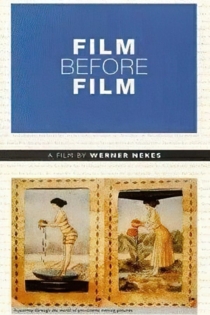
Schwarzhuhnbraunhuhnschwarzhuhnweißhuhnrothuhnweiß oder put-putt
Werner Nekes
This film is a poetic endeavor about Life and Death. A brown hen was selected to convey motion. The soundtrack is a collage of approximately 200 beginnings and endings of different musical pieces.
Schwarzhuhnbraunhuhnschwarzhuhnweißhuhnrothuhnweiß oder put-putt

00 Schneider - Jagd auf Nihil Baxter
Christoph Schlingensief, Helge Schneider
Helge Schneider, Helmut Körschgen
The funny clown Bratislav Metulskie is found dead in circus "Apollo". The retired commissioner 00 Schneider is asked to assume control of the case. Schneider and his aged sidekick Körschgen investigate to find the murderer.
00 Schneider - Jagd auf Nihil Baxter
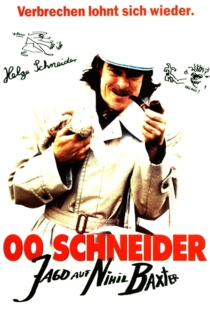
Kaskara
Dore O.
Werner Nekes
An experimental film where a particular space is constantly "present" : there is a complex usage of superim- position, and of split-screen effects. The place shown is a part of a house in the country. Doors and windows are continually shown, emphasizing the film's concern with framing. Other images are present: city-scapes of a particularly sinister nature, implying a sense of ruin, and shots of a chorus on a stage. These shots begin and end the film which is accompanied by a vocal chant on the soundtrack.
Kaskara

T-Wo-Men
Werner Nekes
Dore O., Geeske Hof-Helmers
The film is divided into five parts differing in pictorial and musical structure. The plot, two women and their love for one another, is of secondary importance. An ingenious combination of stereoscopic images and montage of individual pictures make new qualities of perception accessible to the viewer. In the final part of the love scenes pictorial sequences and music build up to a delirious rhythm.
T-Wo-Men

Werner Nekes - Das Leben zwischen den Bildern
Ulrike Pfeiffer
Werner Nekes, Bazon Brock
In conversations with his friends and colleagues, among them Bernd Upnmoor, Helmut Herbst, Alexander Kluge, Klaus Wyborny, Daniel Kothenschulte and Helge Schneider, Ulrike Pfeiffer takes us on a journey into the broad expanse of Nekes' cabinet of wonder and his cinematic works. At the same time, this documentary provides an insight into the history of experimental film in Germany.
Werner Nekes - Das Leben zwischen den Bildern



